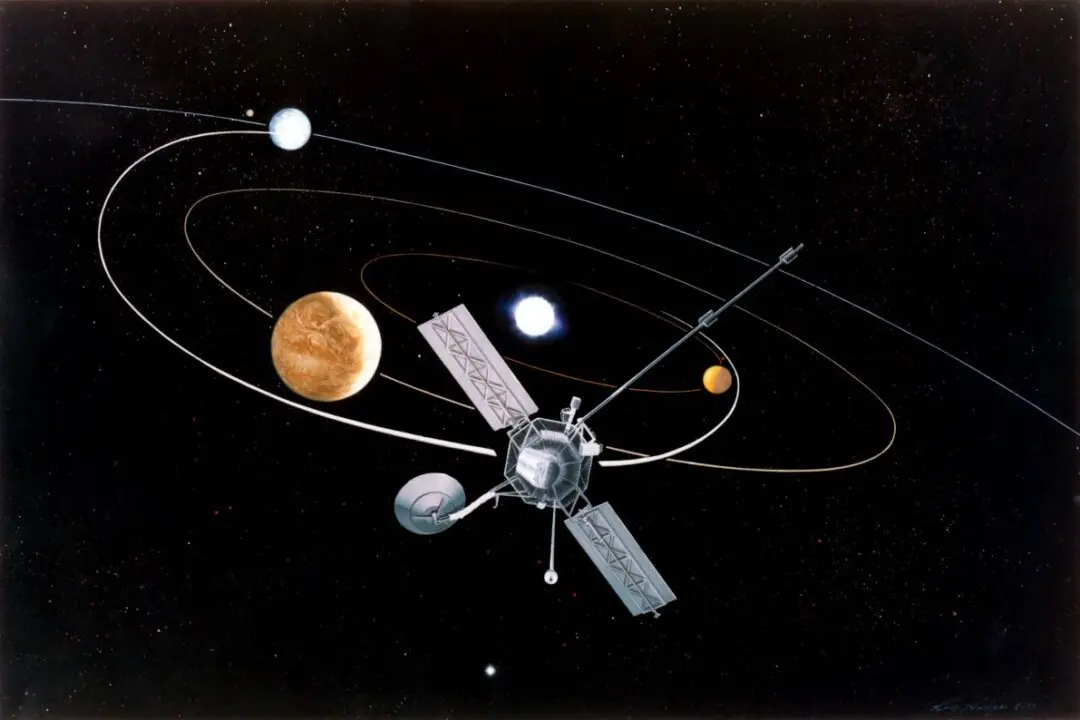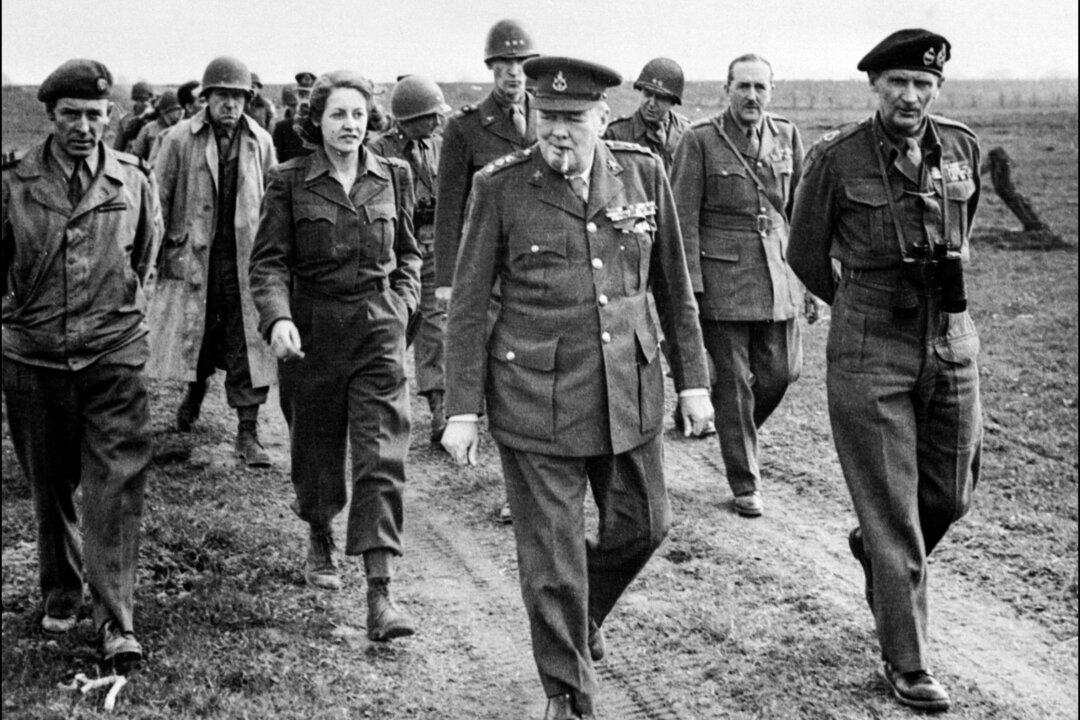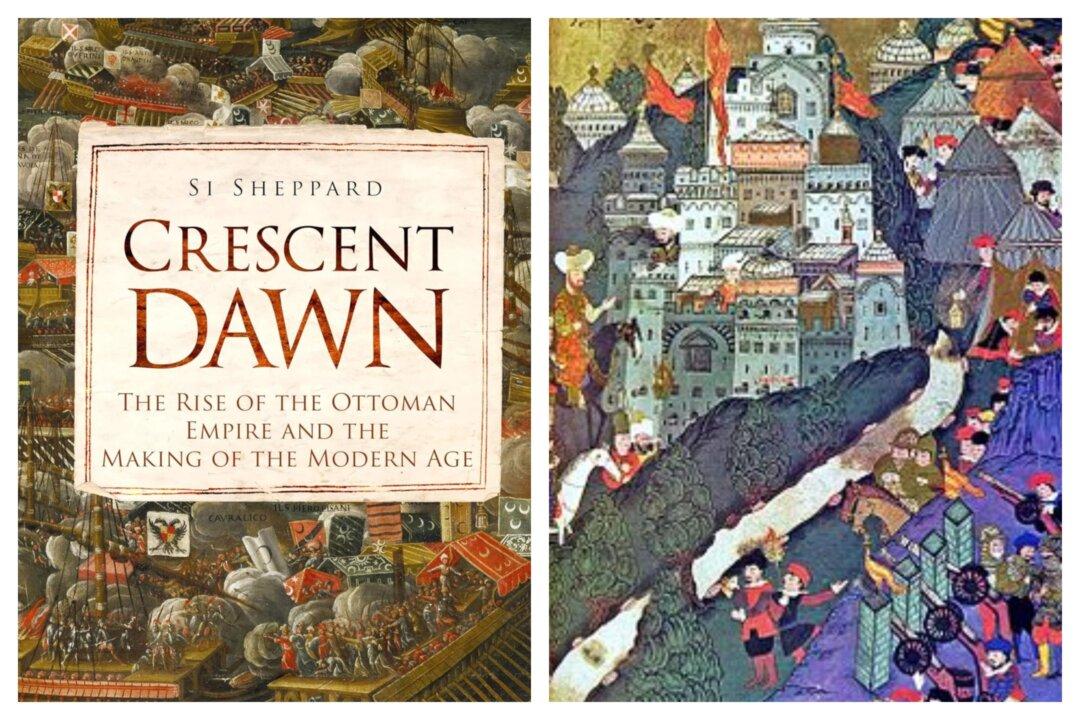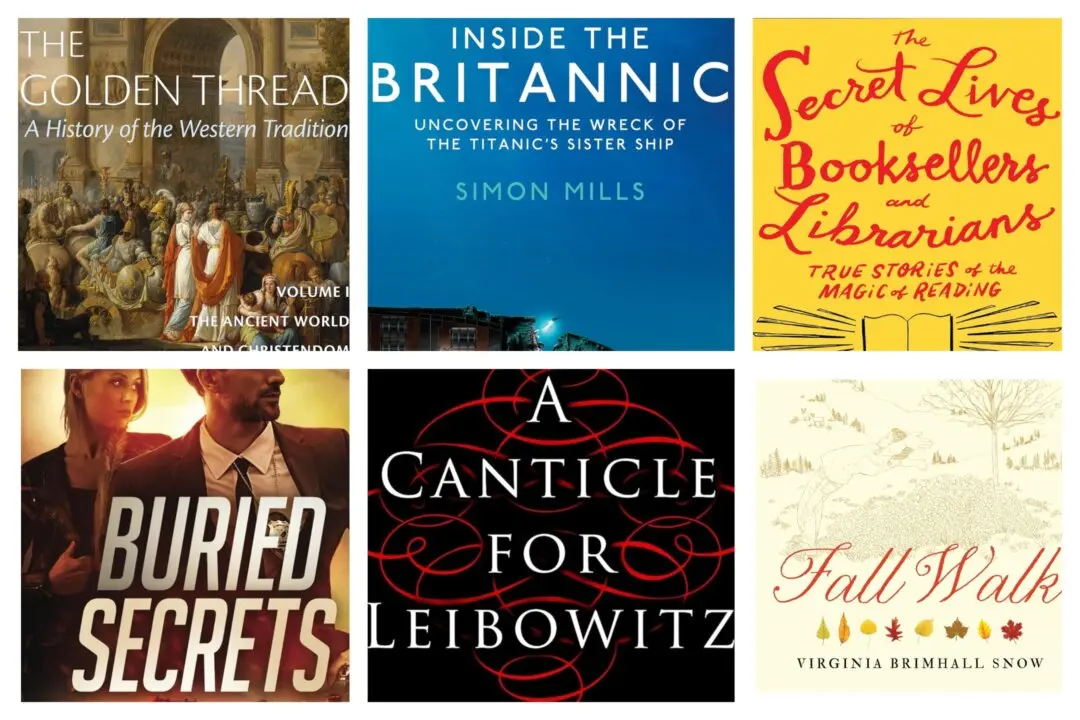A small college town in southern Pennsylvania is the home of the most famous, the most bloody, and the most decisive battle of the Civil War. It is also home to one of the most famous speeches in American history.
The town of Gettysburg has a population of less than 8,000. In July of 1863, more than six times that number became casualties of war. Fox Chapel Publishing is commemorating the epic battle with a 96-page book full of timelines, historic photos, and wonderfully written articles.






